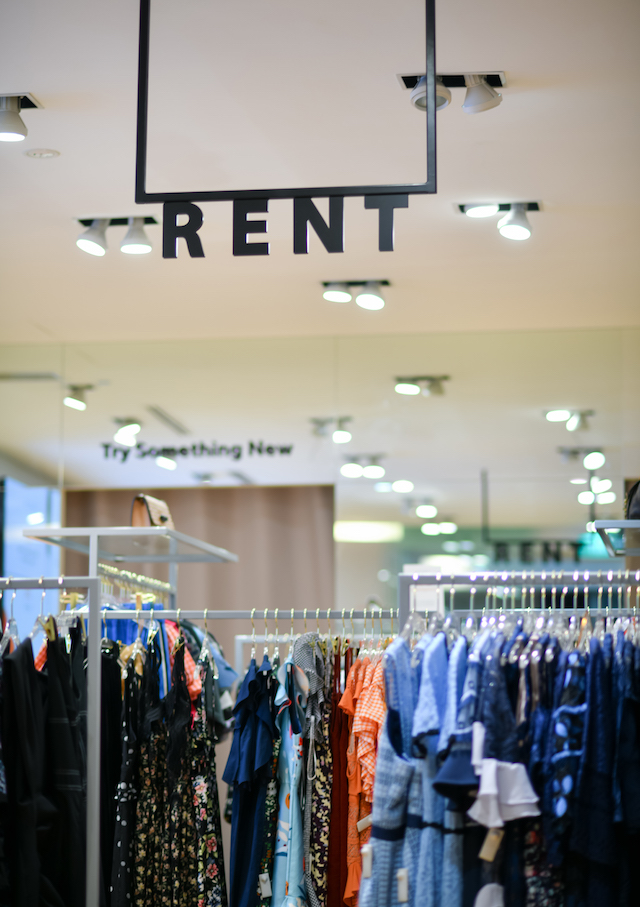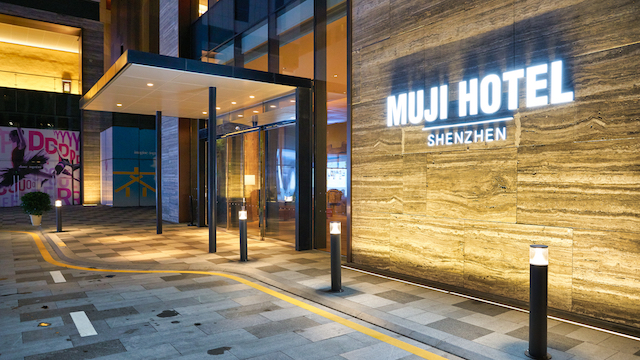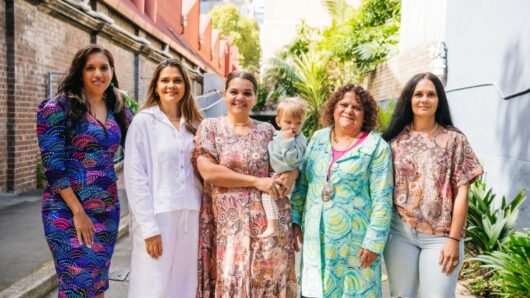Entering a new decade, major new developments divide the winners and losers in fashion retail – the pace of change in the industry has never been faster.
Let’s take a look at the seven trends that will define fashion retail, and shape its headlines, this year.
1. Content and commerce get smart
Over the last few years, we have seen D2Cs like Casper move in on the publisher role, as well as publishers/content experts like Glossier, Man Repeller and High Snobiety enter the retail space. This year, we can expect to see more brands pursue tastemaker status through smart, long-game content that doesn’t aim straight for conversion.
The one to watch is Outdoor Voices’ content platform, The Recreationalist, which launched in July to foster connections with the active community. This strategy is about forging greater loyalty and emotional links with consumers, and moving customer acquisition away from external platforms, like Instagram, onto owned platforms. Of course, content doesn’t have to mean written articles – some retailers, including Matches, have launched podcasts, where listenership is steeply rising.
Content is a huge investment for a brand or retailer, often relying on skills that aren’t yet in house and can be hugely distracting if not done well. Brands that aren’t able to invest in their own tastemaker content should consider an affiliate program so that content specialists are incentivised to showcase the brand for you.
2. The second-hand stigma is over
Resale, specifically luxury, is booming, growing faster than other fashion retail over the last three years. It’s set to grow its current worth (US$24 billion) to US$51 billion in the next two years, according to GlobalData. In the UK, one in three under 24-year-olds use resale site Depop. Adding steam to the growth is the Chinese market embracing resale, as the local stigma around pre-owned fades. After decades of growth, there’s a surplus of high-value items flooding the Chinese second-hand market.
Owning their resale market is critical for brands. How can you tap into the entire lifecycle of your products? Even if you don’t have a platform in which to host resale yourself, you can engage with partners, and closely track resale value and demand – and feed your findings there back into your first-hand products.

3. Making practical progress on sustainability
Suddenly we’re at 2020, and many governmental and brand CSR goals around the globe have not been met. This is the year when sustainability will need to get real. As Gen Z matures and grows its disposable income, they will be demanding greater sustainability from the brands they engage with. It’s time to start preparing for these consumers, across all types of retail.
This year, more retailers will be looking at the practical steps to becoming sustainable long term, starting with packaging and fabrication.
4. Intuitive filtering
Enormous online assortments don’t cut it any more. The thrill of the hunt has faded and discovering a small new brand, with only a few items, garners more kudos than dragging something out of the depths of a 10,000 SKU catalogue retailer.
Retailers need to get smarter with image- and voice-activated search in 2020. They also need to make products that customers discover on social platforms more easily discoverable and shoppable. Now social algorithms have shifted and the social internet is more fragmented, retailers need to ruthlessly seek out the friction points in the customer journey.
5. Political empowerment
Internationally, the year ahead will be a political hotbed, with the US elections and Brexit’s likely outcome looming large. Political unrest in the 2016 elections contributed to the vocalising of #MeToo and launched the Women’s March. That conversation is now even more prevalent – and solid, online, female- centric communities have grown.
In the year ahead, there will be key moments and messages which matter deeply to your customers. Stay tapped into what’s happening, not just in the places you receive your news, but exist where they are too – this is not about merchandising opportunities, this is about being a brand that aligns with its customers’ values. You don’t have to speak out as a brand – but understanding consumer opinions and the context they operate within helps you prepare for the future of your brand.
6. Insta-backlash hits
Instagram has been fashion retail’s darling over the last four years. But the veil could fall this year as younger consumers turn away from hyper-curated content. Already Instagram is seeing a big shift away from the feed, towards its ad-hoc Stories, which are more temporal. Expect to see more consumers come off the platform, and invest their time instead in TikTok, the US$75 billion short-form video platform which already has more than 500 million monthly active users worldwide.
Brands and retailers need to get familiar with the tropes there, and engage with the challenge-based content young consumers are creating.
The industry should also keep one eye firmly fixed on the booming e-sports and gaming market, especially through platforms like Twitch. Fashion brands have already started tapping this lucrative opportunity – Louis Vuitton has just partnered with League of Legends and Puma has Cloud9 e-sports team merchandise.
7. Cross-industry hybrids
There is a growing opportunity for fashion brands to partner with the local hospitality industry, a trend which is globally revered.
Earlier this year Muji opened its first hotel in Japan, followed by another in Shenzhen, China. These destinations tap into millennials’ boutique travel needs and offer a fully immersive way to experience the brand’s products and styling.

It is interesting to see a mass-market retailer get in on this game – luxury brands spotted the opportunity a while back, with the Palazzo Versace hotel on Australia’s Gold Coast, Diane Von Furstenberg suite at Claridges in London, and Dior suite at The Regis in New York.

The opportunity here is for homewares, textiles and fashion brands to align with some of the biggest tastemakers in food, beverage and hospitality. Attica restaurant recently started serving its water out of Dinosaur Designs products, leading to the Eater. com wheadline “These Beautiful Cups Are Only Upstaged by the Restaurant That Uses Them”.
Here’s to a new decade in fashion retail driven by agility, technical-savviness and extreme customer-centricity. It’s going to be one hell of a ride.
Contact: katherine.alice.smith@gmail.com
This feature originally appeared in the Inside Retail Asia’s magazine edition, available by subscription in digital or print versions.






